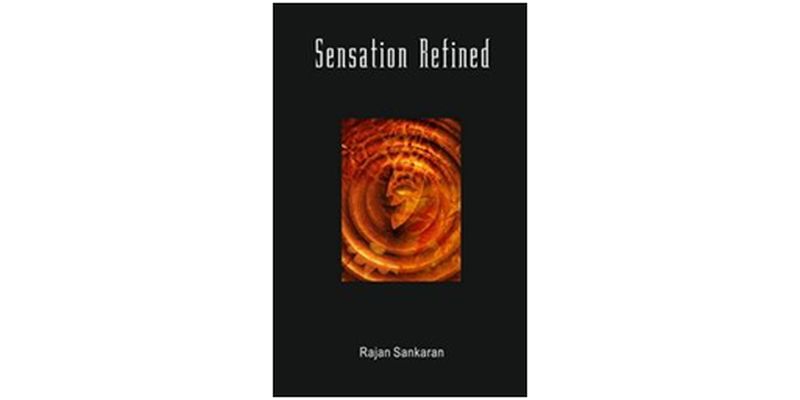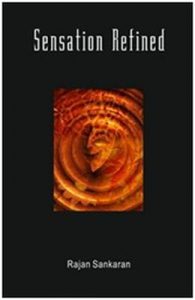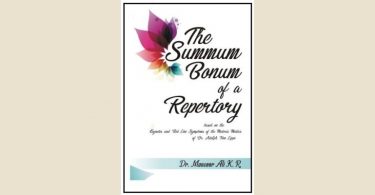Homoeopathic Medical Publishers, 2007,
ISBN:978-81-902278-7-8
432 pages, Hardcover
After the three large volumes of “An Insight into Plants” and the equally hefty
“The Sensation in Homeopathy”, it is a delight to again hold a slimmer and condensed volume by Rajan Sankaran in your hand. With this “Sensation Refined” it seems that somehow the development has come full circle. The many ideas have been tried, adjusted, pared down and refined. This is, for now, the clearest representation of the idea of sensations. However, knowing Sankaran there will always be further development. His latest work, the two-volume “Structure”, will have already been published by the time you read this review. In the foreword we are told that you need to read the previous books to get the full benefit of this one. I can only agree but I sincerely wish there would come a book on Plant Sensations Refined. Sankaran is the first to admit that his books represent ideas that are being worked out as the book is being written; that is why “Sensation Refined” is much needed at this point in time. The five parts; Philosophy, Exercises in Finding the Story behind the Story, Techniques of the Art, Cases and the Appendix are all very concise and to-the-point and at the same time brimming with wonderful insights and valuable thoughts about many aspects of homeopathy. It is a book you can read again and again. Sankaran says about finding the remedy in case-taking: “We are just going to reveal it; we are not creating it”. The particular technique required for this kind of case-taking is well defined here and the parts on common mistakes, important words, significant hand gestures, how to enter “the secret door”, the non-human specific, timing etc. are all of great use. It is refreshing to read a book that is not remedy-obsessed, which is precisely the point Sankaran makes: “Every time you see an expression, go deeper…
to see and feel how everything about them is connected, is a part of a discernible pattern”. How to guide the patient to his connectedness to the source of the remedy by using the concepts of levels and observing gestures and energy is also very well described here. By focusing on the Experience and not the Situation we can guide the patient to the Non-Human-Specific world of sensation and thereby Global Sensation that permeates all areas of the patient’s life. I cannot help but wonder to what degree Sankaran has been inspired by the philosopher Ken Wilber’s ideas of the levels of awareness and self-transcendence; the similarities are striking and very enlightening both ways. The chapter on “The Doorway through Doodles” touches briefly on an area that is extremely interesting and deserves more research.
Reading the “Potency and the Levels” chapter, I can’t help but wish that some in-depth research had been done or represented here, to really determine if this connection, between level of awareness and potency required, is more than an elegant philosophy that ties everything up beautifully (again in accordance with Ken Wilber). “Keep the Patient in the Present” and “What, not Why” are a few of the many great snippets that make the “Sensation Refined” worthy of the title. What really shows the maturity of the ideas contained in this book are the chapters “Flexibility in the Method” and “Use Your Maps Lightly” where Sankaran warns,
“Do not be rigid… the object should be fixed, not the way… one needs to be flexible, according to the situation.” The cases in the last third of the book are great illustrations of the points made in the preceding chapters and are interspersed with Sankaran’s “voice-over” explaining to the reader what is happening and what he is doing.
I have not enjoyed a book by Sankaran this much since the first volumes of
“An Insight Into Plants” and I am looking forward to what the future brings from Sankaran.





